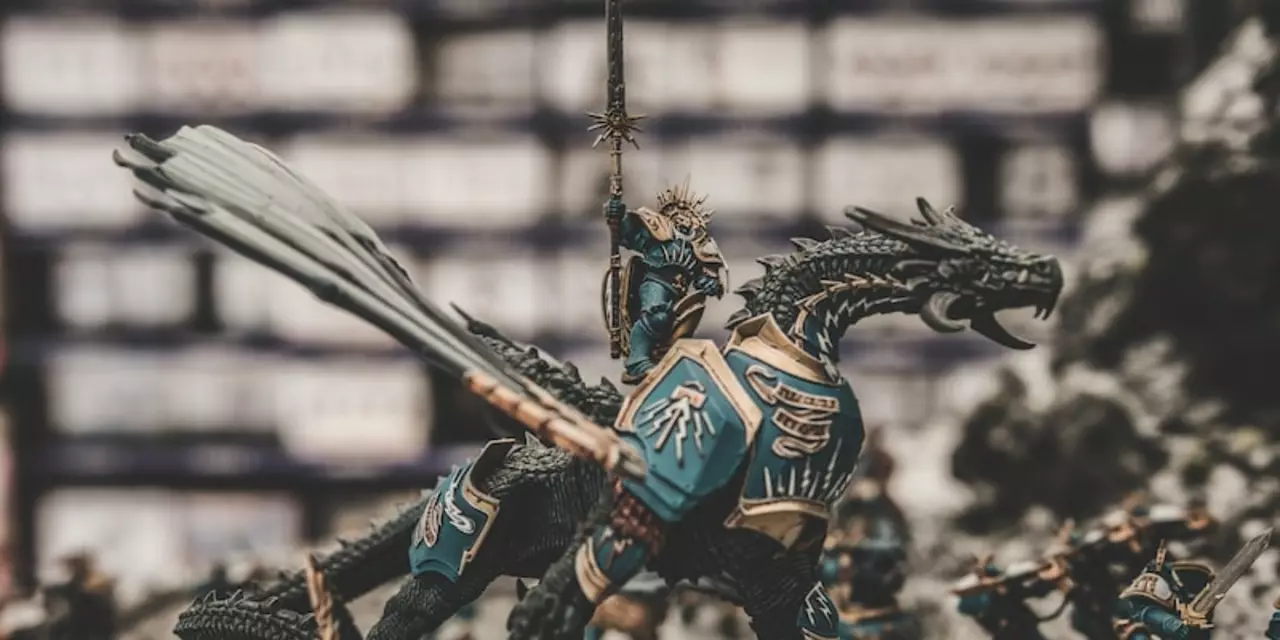Warhammer Miniatures: Quick Guide for New Hobbyists
Thinking about getting into Warhammer? You’re not alone. Thousands of people grab a box of plastic soldiers every month, hoping to build a cool army. The good news is you don’t need a lot of gear or a huge budget to start. This guide shows you how to pick the right miniatures, prep them for paint, and keep them looking sharp.
Choosing the Right Miniatures
Your first step is to decide which army you want to play. Look at the art on the boxes, watch a few YouTube battles, and think about the play style you like – fast and aggressive or slow and tactical. Don’t stress about finding the “best” army; pick the one that makes you smile when you open the box.
Once you have a faction in mind, check out starter sets. A starter box usually includes a handful of models, basic rules, and a small amount of paint. It’s a cheap way to test the waters without committing to a full warband. If you’re on a tight budget, consider buying second‑hand miniatures on hobby forums – they’re often in good shape and cost less.
Painting and Caring Tips
Before you even touch a brush, clean your miniatures. A quick soak in warm, soapy water removes mold release agents and any dust from the molds. Use a soft brush to scrub gently, then rinse and let them dry completely. It only takes a few minutes and prevents paint from lifting later.
Next comes priming. A thin layer of primer gives the paint something to stick to. Spray primers work fast, but a brush‑on primer gives more control for tiny models. Apply a light, even coat and let it dry – you’ll see a matte gray surface ready for color.
When you start painting, keep your color palette small. Two or three main colors plus a highlight shade are enough for a clean look. Thin your paint with a little water or glaze medium; thick paint hides details and can chip off. Use a small round brush for details and a flat brush for larger surfaces.
After the paint dries, seal the models with a clear matte varnish. This protects the paint from handling and tabletop wear. A quick spray or brush‑on coat does the job. Store finished miniatures in a dry box or a zip‑lock bag with a silica packet to avoid moisture.
Keep practicing and don’t be afraid to redo a model. Every repaint teaches you something new, whether it’s how light hits a curve or how to blend colors smoothly. In no time you’ll have a squad that looks as good on the tabletop as it does in your imagination.
What materials are Warhammer miniatures made with?
Warhammer miniatures are commonly made of plastic, resin, or metal. Plastic miniatures are the most popular as they are relatively inexpensive and easy to assemble. Resin miniatures are more detailed and require more work to assemble, but are often of a higher quality than plastic. Metal miniatures are the most expensive and require the most work to assemble, but they are often the most durable and highest quality.
Details +